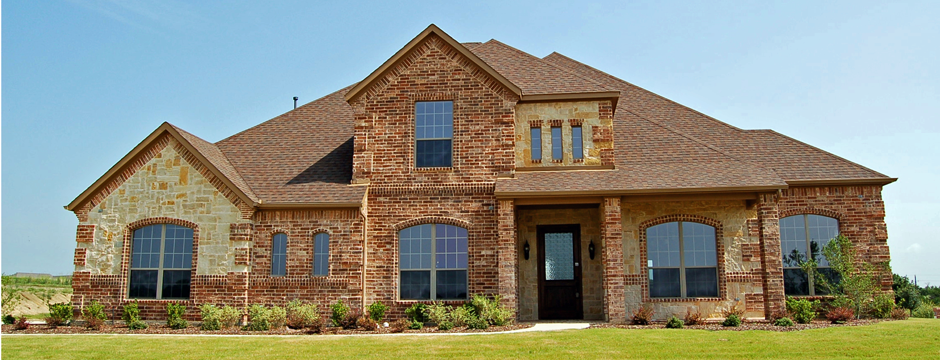Contact Omega Restoration & Remodeling for Bathroom Remodeling, Bathroom Renovations, Bedroom Remodeling, Bedroom Renovations, Carpets, Commercial Remodeling, Complete Home Remodels, Complete Renovations, Custom Wine Cellars, Customized Remodeling, Customized Renovations, Fire Restorations, Flood Damage Restorations, Flooring, Home Additions, Home Remodeling, Home Renovations, Kitchen Remodeling, Kitchen Renovations, Office Design, Painting, Remodeling, Remodels, Renovations, Water Damage Restorations, Water Restorations, and Wine Cellars. Proudly supporting the areas of Angleton, Bear Creek, Bellaire, The Heights, Houston, Humble, Katy, Missouri City, North Houston, Spring, Sugarland, The Woodlands, Tomball, and surrounding areas.
CONTACT US TODAY TO BOOK A CONSULTATION
Contact Omega Restoration & Remodeling for Bathroom Remodeling in Bellaire, Bathroom Renovations in Bellaire, Bedroom Remodeling in Bellaire, Bedroom Renovations in Bellaire, Carpets in Bellaire, Commercial Remodeling in Bellaire, Complete Home Remodels in Bellaire, Complete Renovations in Bellaire, Custom Wine Cellars in Bellaire, Customized Remodeling in Bellaire, Customized Renovations in Bellaire, Fire Restorations in Bellaire, Flood Damage Restorations in Bellaire, Flooring in Bellaire, Home Additions in Bellaire, Home Remodeling in Bellaire, Home Renovations in Bellaire, Kitchen Remodeling in Bellaire, Kitchen Renovations in Bellaire, Office Design in Bellaire, Painting in Bellaire, Remodeling in Bellaire, Remodels in Bellaire, Renovations in Bellaire, Water Damage Restorations in Bellaire, Water Restorations in Bellaire, Wine Cellars in Bellaire, and in surrounding areas.
Below is some general information about Bellaire:
Bellaire is a city in southwest Harris County, Texas, United States, within the HoustonÐSugar LandÐBaytown metropolitan area. As of the 2010 U.S. Census, the city population was 16,855 and is surrounded by the cities of Houston and West University Place. Bellaire is known as the “City of Homes” as the city is mostly residential, while there are offices along the 610 Loop within the city limits.
Bellaire’s housing lots are 75 feet (23 m) by 130 feet (40 m), allowing for houses larger than those that could be built on typical 50 feet (15 m) by 120 feet (37 m) West University Place lots. A Bellaire lot can accommodate a house with a detached garage and a swimming pool, while the typical West University Place lot could accommodate a newly constructed Georgian house described by Don Stowers of the Houston Post as “lot-hugging.” The more spacious and inexpensive housing lots prompted area home seekers to consider Bellaire.
Bellaire was founded in 1908 by William Wright Baldwin, who was the president of the South End Land Company. Baldwin, a native of Iowa, was well known as the vice president of the Burlington Railroad. Bellaire was founded on what was part of William Marsh Rice’s 9,449 acres (38.24 km2) ranch. Baldwin surveyed the eastern 1,000 acres (4.0 km2) of the ranch into small truck farms. He named those farms “Westmoreland Farms”. Baldwin started Bellaire in the middle of “Westmoreland Farms” to serve as a residential neighborhood and an agricultural trading center. South End Land Company advertised to farmers in the Midwestern United States. Baldwin stated that the town was named “Bellaire”, or “Good Air” for its breezes”. Bellaire may have been named after Bellaire, Ohio, a town served by one of Baldwin’s rail lines.
Six miles of prairie was a buffer zone between Houston and Bellaire. Originally the town was bounded by Palmetto, First, Jessamine, and Sixth (now Ferris) Streets. In 1910 Edward Teas, a horticulturist, moved his nursery to Bellaire from Missouri so Teas could implement Sid Hare’s landscaping plans. Bellaire was incorporated as a city with a general charter in 1918, ten years after its founding. Bellaire had a population of 200 at the time. Because of the 1918 incorporation, Houston did not incorporate Bellaire’s territory into its city limits, while Houston annexed surrounding areas that were unincorporated.
Bellaire’s population had reached 1,124 in 1940. After 1940, Bellaire had a rapid population explosion in the post-World War II building boom. On December 31, 1948, the city of Houston had annexed the land around the city of Bellaire, stopping the city of Bellaire’s land growth. Bellaire remained independent of Houston; Bellaire adopted a home rule charter with a council-manager government in April 1949. By 1950 the city’s residents had numbered 10,150.
Source: Bellaire on Wikipedia



